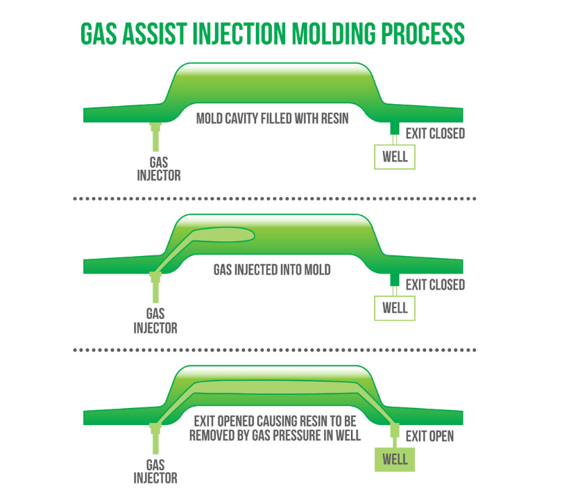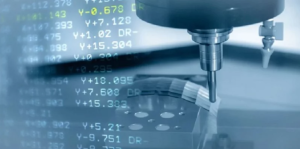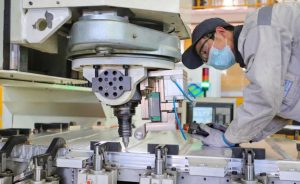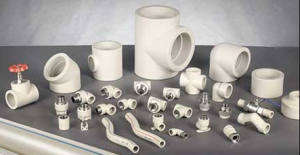Gas assist injection molding is a specialized injection molding process that uses gas (usually nitrogen) to create hollow sections or to enhance the surface finish of molded plastic parts. In this process, gas is injected into the molten plastic within the mold, displacing the plastic and creating a hollow section or channel. Gas assist injection molding offers several benefits, including reduced part weight, improved part strength, and the ability to create complex geometries with thick and thin sections.
Key Aspects of Gas Assist Injection Molding
- Process Overview
- Injection Phase: The injection molding machine injects molten plastic into the mold cavity, partially filling it.
- Gas Injection Phase: Nitrogen gas is injected into the partially filled mold cavity, displacing the molten plastic to create a hollow section or to improve the surface finish.
- Cooling and Solidification: The part cools and solidifies, and the mold opens for part ejection, similar to traditional injection molding.
- Gas Injection Process
- Gas Injection Location: Gas is injected into the molten plastic through a gas injection nozzle, typically located in the core side of the mold.
- Gas Channel Formation: As the gas is injected, it displaces the molten plastic, creating a hollow channel within the part. The gas pressure pushes the molten plastic against the mold walls, ensuring complete filling and uniform distribution of material.
- Pressure Control: Gas injection pressure is carefully controlled to achieve the desired part geometry, thickness, and surface finish.
- Benefits of Gas Assist Injection Molding
- Reduced Material Usage: Gas assist molding allows for the creation of hollow sections within the part, reducing material usage and overall part weight while maintaining structural integrity.
- Enhanced Surface Finish: Gas assist molding can improve the surface finish of the part by applying pressure evenly throughout the mold cavity, reducing sink marks and improving aesthetics.
- Complex Geometries: Gas assist molding enables the production of parts with complex geometries, including thick and thin sections, without sink marks or warpage.
- Improved Strength: By reducing part weight and maintaining structural integrity, gas assist molding can lead to improved part strength and durability.
- Applications of Gas Assist Injection Molding
- Automotive Components: Gas assist molding is commonly used in the automotive industry to produce components such as instrument panels, door panels, seat backs, and structural components.
- Consumer Products: Gas assist molding is utilized in the production of various consumer products, including furniture, appliance components, and recreational equipment.
- Medical Devices: Gas assist molding is employed to manufacture medical devices and equipment, such as housings, handles, and enclosures.
- Design Considerations
- Part Geometry: Gas assist molding is suitable for parts with complex geometries, thick and thin sections, and features that require uniform surface finishes.
- Wall Thickness: Gas assist molding allows for the creation of parts with varying wall thicknesses, including thin walls and structural ribs.
- Mold Design: The mold design must accommodate gas injection nozzles and channels to facilitate the gas assist process.
- Process Control
- Gas Pressure and Timing: Gas injection pressure and timing are critical parameters that must be carefully controlled to achieve the desired part characteristics, including the formation of hollow sections and the improvement of surface finish.
- Injection Molding Machine Settings: Gas assist molding requires specialized injection molding machines equipped with gas injection systems and precise control capabilities.

Example of Gas Assist Injection Molding
Consider the production of an automotive dashboard component using gas assist injection molding:
- Injection Phase: Molten plastic is injected into the mold cavity to partially fill the desired area of the dashboard component.
- Gas Injection Phase: Nitrogen gas is injected into the partially filled mold cavity through gas injection nozzles. The gas displaces the molten plastic, creating hollow sections and improving the surface finish of the part.
- Cooling and Solidification: The part cools and solidifies within the mold cavity.
- Part Ejection: The mold opens, and the finished dashboard component is ejected from the mold cavity.

Choose us for your custom injection molding needs and experience excellence in every detail. Our China-based factory provides innovative solutions, competitive pricing, and fast turnaround times. Get your custom quote now!
Conclusion
Gas assist injection molding is a specialized injection molding process that uses nitrogen gas to create hollow sections within plastic parts or to enhance their surface finish. This process offers several advantages, including reduced part weight, improved surface finish, and the ability to produce complex geometries with varying wall thicknesses. Gas assist injection molding is commonly used in automotive, consumer product, and medical device manufacturing to produce high-quality, lightweight, and structurally sound plastic components.
Related Conten: Custom Molders Corp / 3D Printing





